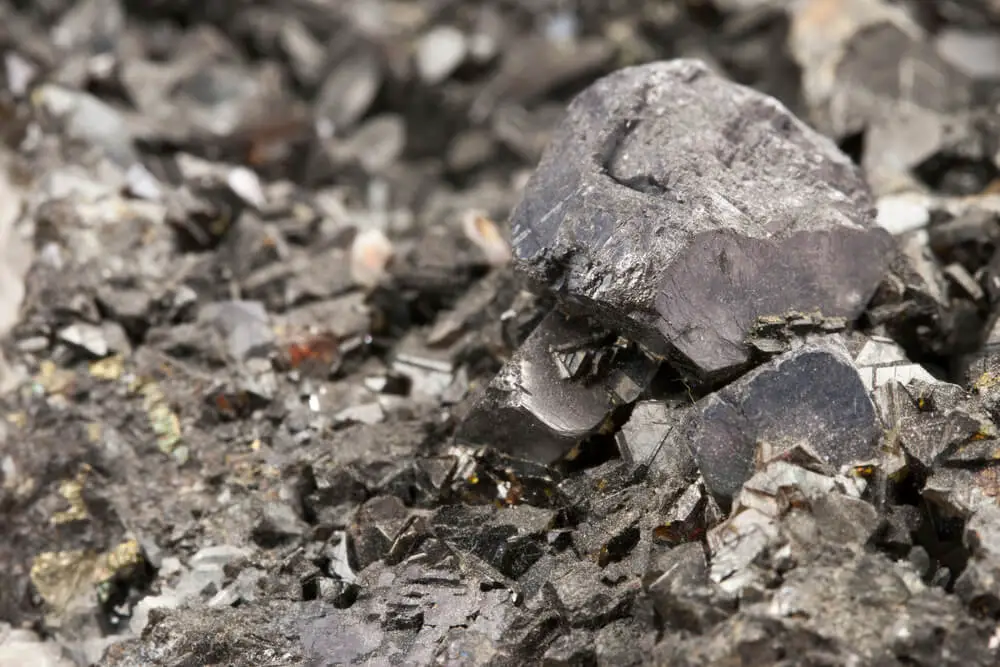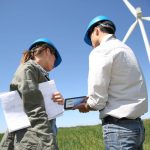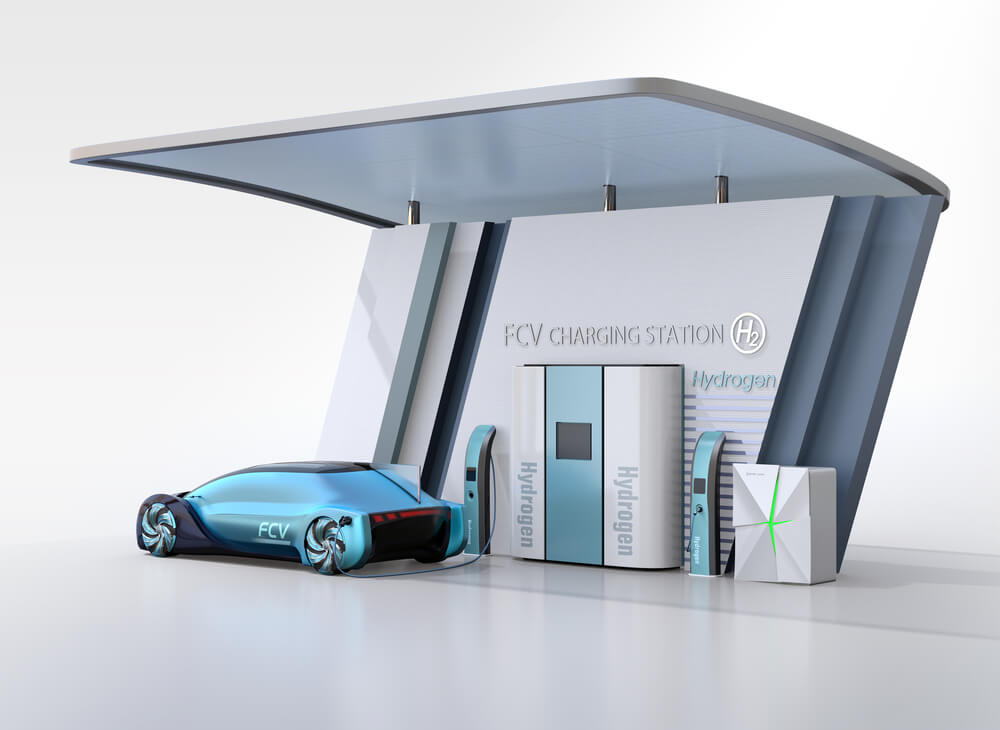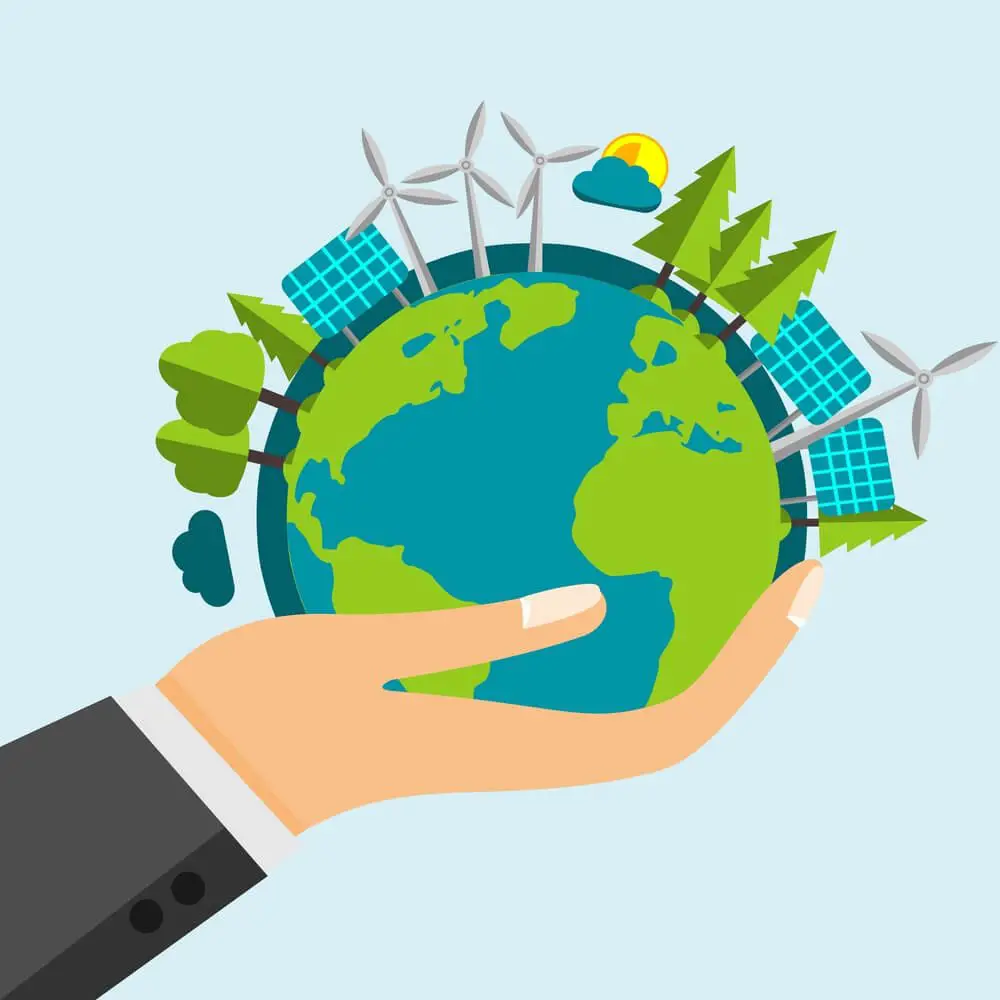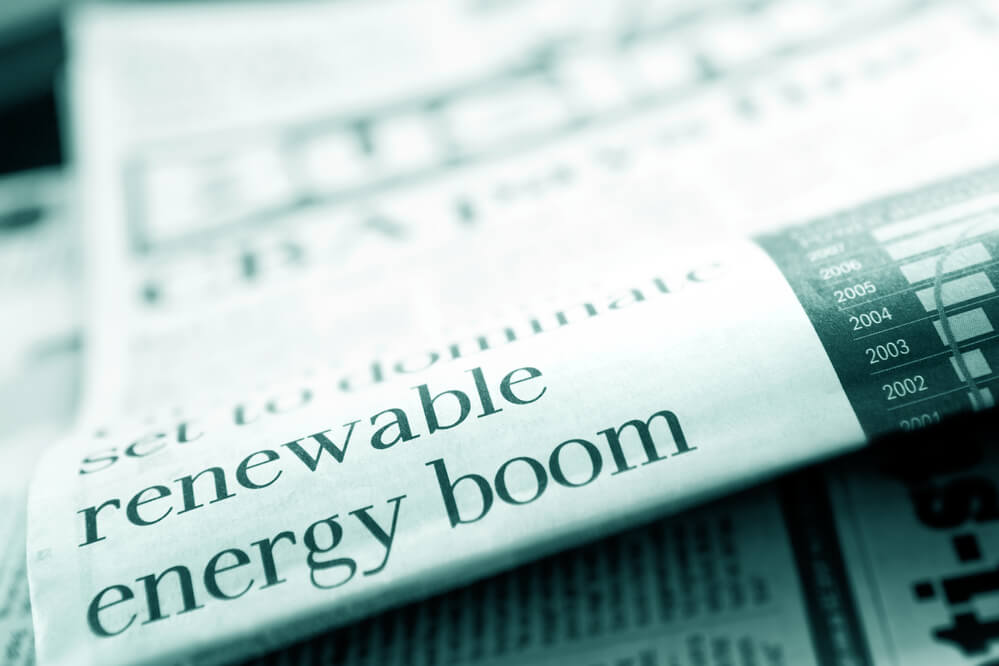Metals and non-metals are referred to as non-minerals. Zinc falls in the category of metals.
Therefore, zinc is a non-renewable energy. This is because minerals can be depleted and take quite a long time to form.
Most of the metals are non-renewable resources. Zinc is mined from an ore found in the earth’s crust.
The ore-forming zinc in the earth’s crust is finite; mining encompasses some environmental and financial costs. Therefore, the ore can be depleted with time.
What is zinc used for?
- Zinc is used in galvanizing metals to prevent rusting. Iron is an example of metal which is galvanized by zinc. Once these metals have been galvanized, they are useful in making bridges, safety barriers, lamp posts, and car bodies.
- Zinc produces die castings. These die castings are essential in the hardware, electrical, and automobile industries.
- Zinc is produced as an alloy. The alloys include; brass, silver, and aluminum.
- The reaction of zinc and oxygen produces zinc oxide. Zinc oxide is useful in producing rubber, cosmetics, plastics, inks, soaps, etc.
- Zinc sulfide is very useful in the production of x-ray screens, fluorescent lights, and luminous paints.
- Zinc is found in most living things. It forms an active site in more than 20 enzymes. In a normal human body, you will find around 2.5grams. In sunflower seeds, cheese, and beef, you will also find zinc components.
What’s the contribution of Zinc to renewable energy?
Protection against corrosion
The main use of zinc is in galvanizing steel.
The galvanized metal is protected from corrosion in the buildings and bridges.
Galvanization has been significant in lengthening the lifespan of the metals hence making them sustainable in the future.
Once a substance is kept to serve for a long time leads to less need for more mining of the same resource to replace the existing.
Therefore, zinc reduces the demand for energy to mine and processes iron ore to steel.
Useful in wind power processes
Wind turbines are among the great users of zinc.
The turbines demand zinc for protection against any corrosion.
According to statistics from the World Bank, around 98% of zinc is used in renewable energy production, especially in wind turbines.
According to a report from Mordor Intelligence, wind power production is on the rise, and the trend is expected to remain on the increase in the coming years.
The increase in wind energy production is due to decreased cost of production and high demand for alternative energy.
Zinc is an essential resource in this production.
The usefulness of zinc in solar energy
Despite zinc having significant use in wind energy, it has also been used in other renewable energy technologies. Zinc is found in solar cells.
The solar panels are protected against corrosion by zinc metal.
Many steel structures that usually hold energy grids, such as transmission towers, also demand zinc metal to protect against any corrosion.
Storage systems and batteries
Zinc has a created significance in energy storage and batteries.
All these storage and batteries are helpful in the management of renewable energy.
Zinc has improved the storage systems and batteries by ensuring the cost is reduced, safe and durable.
These three factors are essential in improving the trends of micro-grids.
It has always been a great challenge in conserving and managing renewable energy sources.
Therefore it has been depleting within a short time due to storage problems.
Through the zinc battery initiative, this problem has been well fixed.
Zinc-ion batteries have improved safety and assure stable supply as compared to lithium-ion batteries.
This has resulted in many people and production moving to zinc-ion batteries.
Zinc-ion batteries are also rechargeable hence being useful in the future in all electronics and electric vehicles.
Zinc is recyclable
Zinc metal can be reused over time without depleting its quality.
Therefore, there will be no need for a lot of mining new resources.
This will result in reduced energy necessary for mining and a decrease in emissions from virgin mining.
Zinc has a well-known recycling system.
Zinc is widely available
Zinc is a widely available metal. Therefore there won’t be a lot of challenges while trying to have its access.
The technology around zinc is well established and working.
There is minimal risk associated with the production of zinc.
Conclusion
Zinc metals victors so many challenges encountered by renewable energy.
It counters the challenges by providing durability, safety and reducing the cost of production.
Therefore Zinc is a beneficial factor in renewable energy technology.
